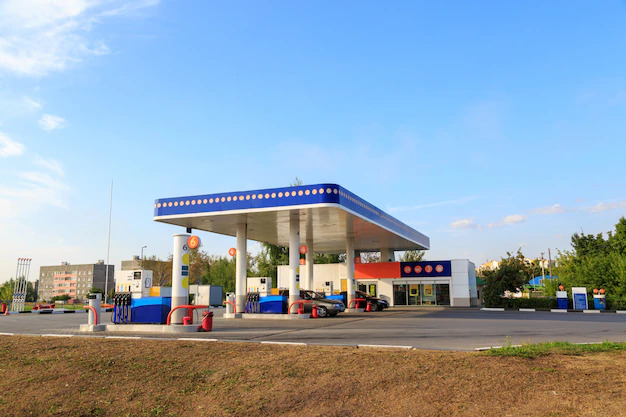.png)
Accidents don't just happen—they are often the result of overlooked warnings, gaps in safety systems, or missed opportunities to intervene. That’s why modern safety management is increasingly shifting toward a proactive mindset. Instead of waiting for something to go wrong, organizations are now asking: What can we do today to prevent tomorrow’s incidents?
This approach, known as proactive safety, focuses on identifying and controlling risks before they result in harm. It builds a culture that values anticipation, engagement, and prevention—working hand-in-hand with reactive measures to create a comprehensive safety framework.
Reactive vs. Proactive Safety: Complementary Strategies
It’s important to understand that proactive and reactive safety are not competing strategies—they are two sides of the same coin.
- Reactive safety responds to incidents after they occur. This includes investigations, corrective actions, and regulatory reporting. These responses are essential for understanding root causes, improving systems, and preventing recurrence.
- Proactive safety works upstream by identifying hazards, engaging teams, and tracking leading indicators to avoid incidents in the first place.
Even in a highly proactive safety culture, incidents may still occur. This is where reactive measures play a vital role. Investigating what went wrong, implementing corrective actions, and sharing lessons learned are all key to building resilience.
A mature safety system acknowledges that both approaches are necessary. Reactive safety helps organizations learn from the past, while proactive safety helps them shape the future.
Key Elements of Proactive Safety
To embed proactive safety into day-to-day operations, organizations need a few core elements in place:
- Risk Identification and Assessment – Continuously assess work environments and activities to flag emerging hazards early.
- Employee Engagement – Involve workers in hazard identification, brainstorming preventive controls, and decision-making.
- Ongoing Training – Deliver targeted safety education that evolves with tasks, technologies, and employee roles.
- Preventive Maintenance – Keep equipment in peak condition to avoid unexpected malfunctions or breakdowns.
- Data-Driven Approach – Use both lagging and leading indicators to guide action and evaluate safety performance.
How to Be Proactive in Safety
Being proactive is about consistent action, open communication, and forward thinking. Here are four effective practices:
1. Regularly Inspect and Replace Safety Equipment
Don’t wait for a PPE failure to act. Regular inspections and timely replacements ensure that safety equipment offers full protection when it’s needed most.
2. Talk with Field Workers to Identify Safety Threats
The people doing the work often have the clearest view of potential risks. Encourage open conversations through toolbox talks, walkarounds, or feedback sessions. Listening to workers is a proactive act in itself.
3. Provide Training and Education Programs
Safety training should be practical, continuous, and aligned with site realities. Use scenarios and peer learning to build deeper awareness. Tailor sessions based on recent observations and trends.
4. Utilize Lagging and Leading Indicators
- Lagging indicators—like injuries or property damage—reveal what has already happened.
- Leading indicators—like near-miss reports or unsafe condition alerts—show where intervention is needed.
By combining both, safety teams can act on current warning signs and reinforce what’s working well.
Advancing Proactive Safety Through Technology
Technology is reshaping safety practices, offering real-time visibility, automation, and insights that enable smarter decisions. Digital platforms help standardize processes, reduce manual errors, and track risks over time.
SafetyConnect’s Process Safety Suite is one such innovation designed to make proactive safety seamless, scalable, and data-rich. It includes:
Incident Management
Efficiently log and investigate near-misses, unsafe behaviors, and incidents. Drive improvement with integrated root cause analysis and follow-up tracking.
Permit to Work (PTW)
Digitize the entire permit process for high-risk tasks. The module ensures proper planning, approval, and communication before work begins.
Together, these tools help organizations spot trends early, act quickly, and create a unified view of safety performance—all of which are essential to proactive safety.
Final Thoughts
Proactive safety doesn’t replace reactive safety—it enhances it. Together, they create a safety net that catches issues before they cause harm and learns from them when they do.
Organizations that combine both approaches are not only safer—they’re more resilient, efficient, and trustworthy. By investing in proactive strategies like hazard identification, technology adoption, and employee engagement, companies can create an environment where safety is a habit, not a reaction.
With the help of platforms like SafetyConnect’s Process Safety Suite, proactive safety becomes more than a goal—it becomes a system.
Schedule A Demo With Us Today



.png)

